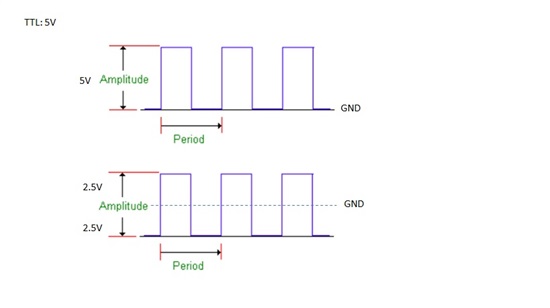Currently I am developing a Frequency to Voltage convertor(500KHz Full scale) using VFC110. As follow on datasheet,using the given application connection Frequency to Voltage (Figure 4,pg 9).
Using Rin;58kΩ, Cos;330pF, Cint;2nF
Pin 10; 15V(+Vs) with 1nF(coupling cap)
Pin 4; GND(-Vs) with 1nF(coupling cap)
Pin 2,3,5 & 8; N.C
Pin 13,14 & 7 ;GNDAnalog gnd share the same gnd.
Pin 11; Use only positive voltage(+Vs) + Long Pulses Fin; Sine wave 100KHz with 5Vpp
Outcome:
Frequency 100KHz=113mV Frequency 500KHz=109mV
Enquiry:
What is the actual voltage value for 100KHz and 500KHz?
What is the input setting for the signal generator (Vpp,Vrms,Offset) ?
Will it be OK, if didn`t connect (-VS) ?
What is "one-shot" function inside the VFC110 ? ]

